A Trip to Spain to Learn about the Spanish Civil War
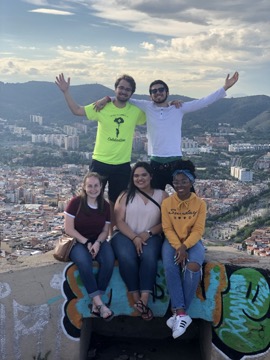
Ally Fachler ’21 spent two weeks in Spain learning about the Spanish Civil War.
Ally Fachler's Trip to Spain
Graduation Year
2021
Department
- Education
- Global Languages & Cultures
Photo: Ally (bottom left) and classmates at the Bunkers del Carmel.
In May, I traveled to Barcelona, Madrid and Tarragona in Spain for two weeks with nine other students and my Spanish professor, Robert Casas.
I am an early childhood education major and am minoring in Spanish, which will give me the ability to communicate with a wider range of families. Traveling to Spain for two weeks allowed me to learn more about the culture and immerse myself in the language I have been studying. When Professor Casas explained the study abroad trip and encouraged me to go, I was excited to have this amazing opportunity!
Being a recipient of the Chair of the Board stipend and being a Volpe Scholar allowed me to participate in this experience. One of my Spanish classes in the spring semester was focused on the topic of the trip: Sites of Memory in Contemporary Spain. We talked about various sites of memory ranging in history from 1714 to present. While in Spain, we were able to see many of the sites discussed in class come to life and fully experience them.
El Valle de los Caídos (the Valley of the Fallen) was one of the most impactful sites visited while on the trip. Victims of the Spanish Civil War (1936-1939) were moved to this mausoleum built by and for Francisco Franco, and this site is surrounded with extreme controversy due to its history. After a visit to the beautiful Park Güell, we walked to Bunkers del Carmel from the Spanish Civil War. After climbing to the top, the view of the entire city of Barcelona was breathtaking. While in Tarragona, we traveled to Corbera d’Ebre, and visited Refugi de la Patacada and Casa Navás.
Corbera d’Ebre was a small town bombed during the Spanish Civil War, and after the war, it was rebuilt below the old town to try to forget about the events. The elementary school there planted trees in the old town to cover up the events without informing the students.
During the Spanish Civil War, refuges were built into underground tunnels to protect the citizens from the Francoist bombings. One was Refugi de la Patacada in Reus, which we were able to walk through to see the extreme conditions people were living in during the war. Casa Navás is a modernist building in Reus, built in the early 1900s. The architect designed beautiful mosaics inside the house. The house has been preserved, including all the original furniture. During our last days in Barcelona, we visited Camp Nou, the home stadium of FC Barcelona and spent the day on the beach on the Mediterranean Sea.
I learned so much about Spain, the culture of Spain and the Spanish language during the trip, and I cannot wait to continue my Spanish studies.
Photos from Spain
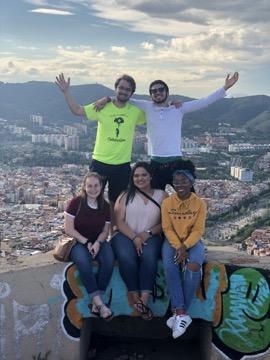
Bunkers del Carmel, where anti-aircraft guns were installed during the Spanish Civil War.
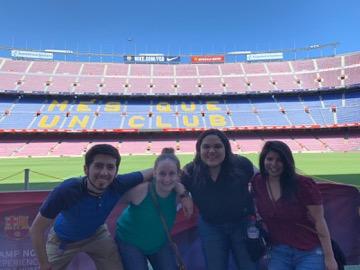
Camp Nou Stadium, home stadium for FC Barcelona.
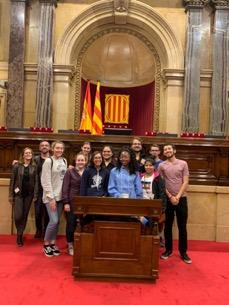
Spanish Parliament
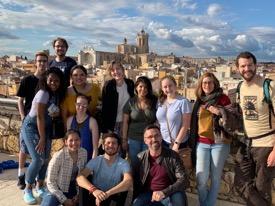
The full group at Tarragona.
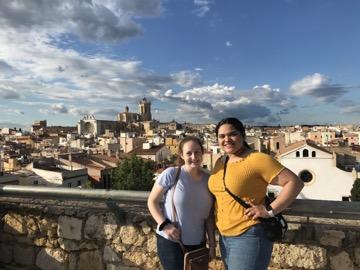
Tarragona
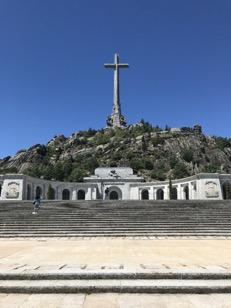
El Valle de los Caídos (the Valley of the Fallen)
Are you ready to say Hello?
Choose a Pathway
Information will vary based on program level. Select a path to find the information you're looking for!
